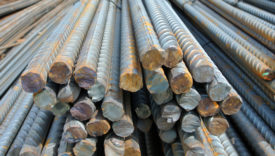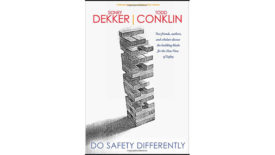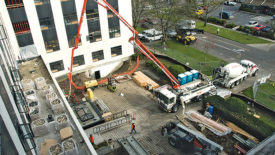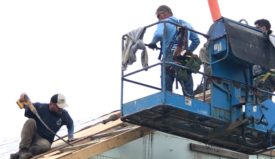Home » construction accidents
Articles Tagged with ''construction accidents''
Jobsite Fatalities
Fewer NYC Construction Deaths as Safety Law Awaits Governor's Signature
Contractors seek changes before final approval
Read More
Viewpoint
Balancing Old Safety Thinking and The 'New View'
The future of Human and Organizational Performance in construction
Read More
The latest news and information
#1 Source for Construction News, Data, Rankings, Analysis, and Commentary
JOIN ENR UNLIMITEDCopyright ©2024. All Rights Reserved BNP Media.
Design, CMS, Hosting & Web Development :: ePublishing











